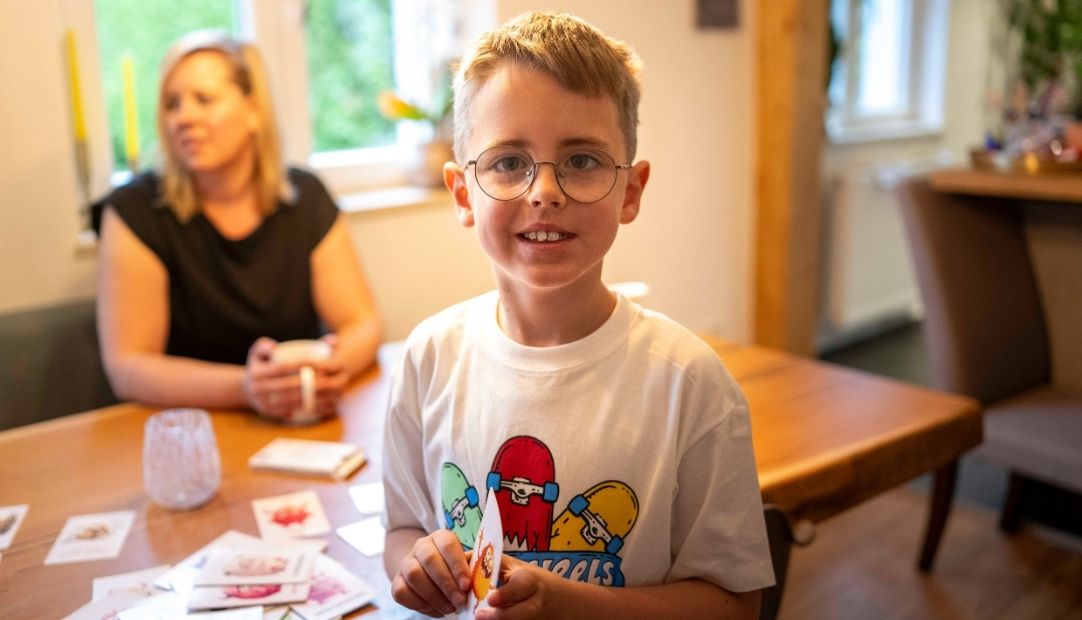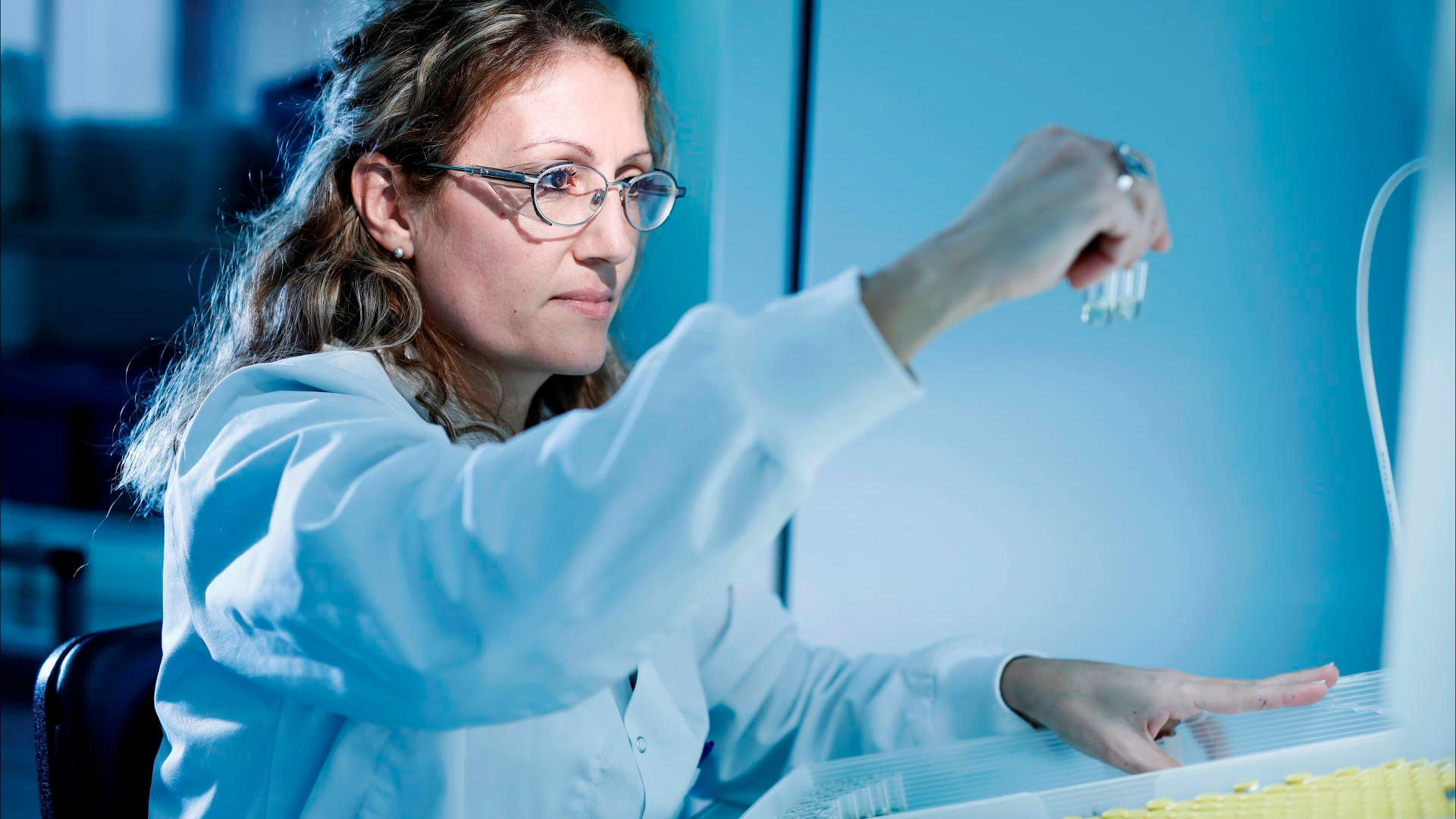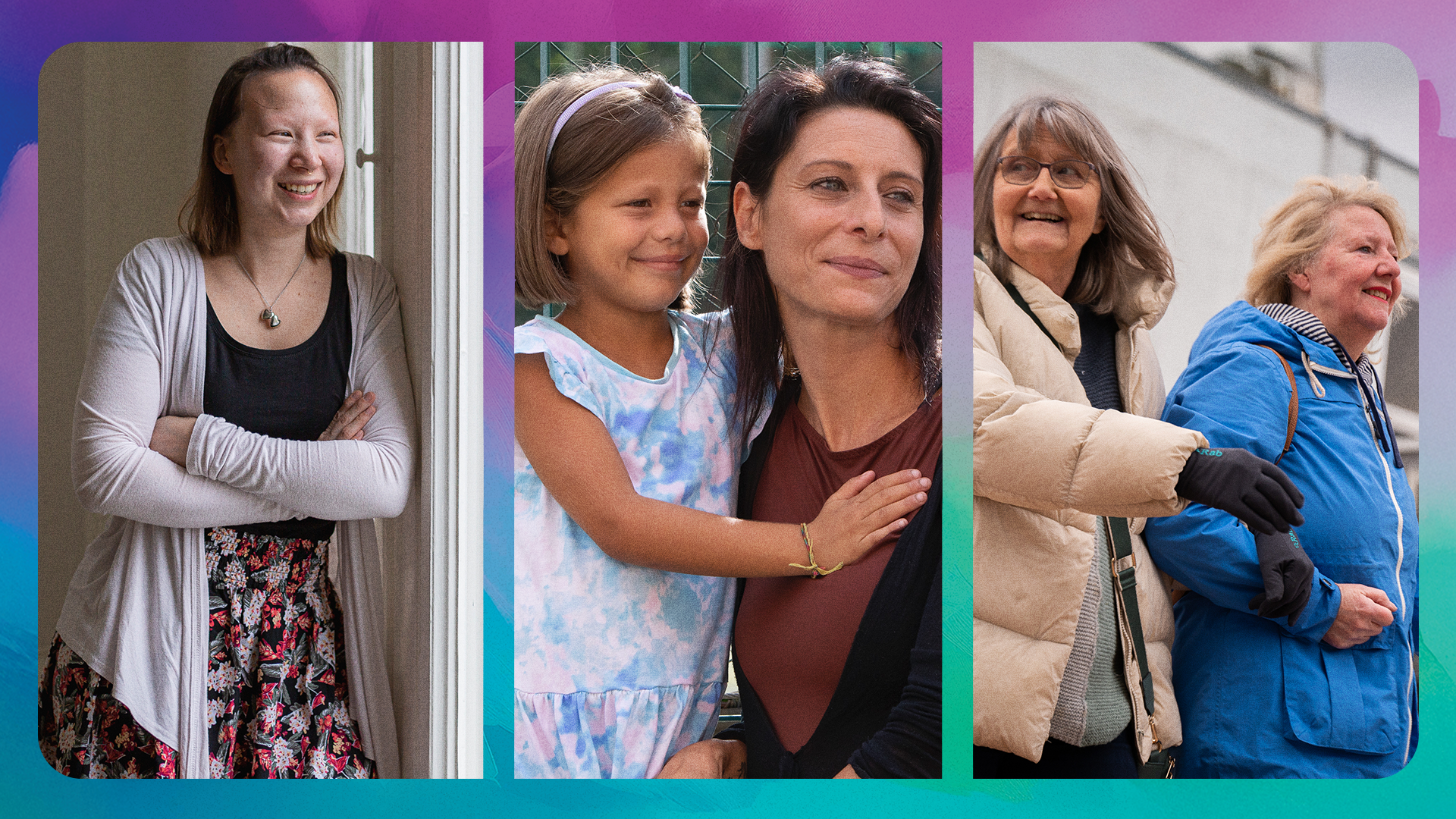The not-so-rare challenges of rare liver diseases

Hearing a rare liver disease diagnosis can be one of the most emotionally turbulent moments in a person’s life.1 For the parents of the estimated 1 in 50,000 – 100,000 newborns impacted by rare liver diseases, this moment is all too familiar.2
Rare cholestatic liver diseases are a group of rare conditions that affect the way bile ducts work, causing damage to the liver that gets worse over time and can lead to liver failure and eventually the need for a liver transplant.3 These conditions cause devastating symptoms such as intense itching (pruritus) and extreme tiredness (fatigue) that can be severely debilitating but are often invisible and misunderstood.4
There is much that is still unknown about the way rare liver diseases develop and progress;5 this can be a barrier to innovation in diagnostic processes and stall the development of new treatments. Ipsen wants to change this. We are committed to developing innovative solutions for people living with rare diseases, focusing especially on the diseases in which people need it most.
Each Rare Liver Disease is unique
Primary biliary cholangitis (PBC)
PBC is a rare, chronic, autoimmune disease that leads to gradual damage of the small bile ducts of the liver.6 Of those living with PBC, nine out of ten people are women, though reasons for this are largely unknown.6
Progressive Familial Intrahepatic Cholestasis (PFIC)
PFIC is the name given to a range of genetic conditions that cause bile build-up in liver cells and may lead to end-stage liver failure. It affects babies and infants but can affect adults too. Pruritus is the most debilitating symptom of PFIC and may be so severe that it leads to skin mutilation, loss of sleep, irritability, poor attention, and impaired school performance.7,8
Alagille Syndrome (ALGS)
ALGS is a condition in which the person has a reduced number of bile ducts; this can affect the liver and multiple other organ systems.9,10 Most patients with ALGS receive a diagnosis before they turn one.11
Primary sclerosing cholangitis (PSC)
PSC is a progressive autoimmune disease, in which the bile ducts within the liver become chronically inflamed, narrow and hardened.12 The number of people with PSC around the world is increasing, possibly due to improved disease detection, and is currently estimated to be ~11.16 per 100,000.13,14
Biliary Atresia (BA)
BA is a rare pediatric disease with no approved treatments.15 It develops 4-8 weeks after birth and causes damaged and absent bile ducts outside the liver, which results in bile acids being trapped inside the liver.15
The challenges of living with a rare liver disease are common
People living with rare liver diseases share many challenges, including delayed diagnoses, misdiagnoses, and limited treatment options. There is also a lack of clinical specialists in rare liver diseases, and people receive care plans that may not best help them to live full and comfortable lives.16
Mo, who lives with PBC, shared with us: “I was starting to feel really fatigued (…) then I got really painful joints. The itch was just horrific. I couldn’t sleep. My skin was broken, it would get infected. We tried lots of different treatments, but nothing worked for me (…) because my quality of life was so bad, I was referred for a transplant.”
Mo’s story is not uncommon. Beyond the physical symptoms of rare liver diseases, children may have reduced quality of life and can experience difficulties in school including stigma and bullying.17 Parents and caregivers may experience high levels of anxiety and stress related to their child’s diagnosis.18 That’s why it is becoming increasingly important to include patient-reported outcomes in trials of potential medicines for these conditions, so the perspectives of those living with the disease day to day are taken into consideration.
At Ipsen, we are ordinary people with extraordinary ambitions to improve the health and prolong the lives of people living with rare liver disease. Our strong sense of purpose is inspired by patients’ stories and experiences. We closely listen to those who are living with rare liver conditions, to understand what matters most to them, through advisory boards, focus groups and individual conversations. We work closely with the community so that people can communicate their experiences and clinicians can better understand their impact.
We are also dedicated to doing everything in our power to deliver advances in treatments for rare liver diseases, that both manage the disease progression and address the effects of symptoms. We aim to make them accessible to the right people at the right time and to be a force for change in treatment innovation and beyond. We will not stop for as long as we have the potential to change the lives of people like Mo, and the outlooks of all those affected by rare liver diseases.
- Adachi T, El-Hattab AW, Jain R, et al. (2023) Enhancing equitable access to rare disease diagnosis and treatment around the world: a review of evidence, policies, and challenges. International Journal of Environmental Research and Public Health 20(6)-4732. Available at: https://dr.ntu.edu.sg/handle/10356/169907. Last accessed: January 2024
- American Liver Foundation. Rare Liver Diseases. Available at: https://liverfoundation.org/about-your-liver/facts-about-liver-disease/rare-liver-diseases/. Last accessed: January 2024
- Mawardi M, Alalwan A, Fallatah H, et al. (2021) Cholestatic liver disease: Practice guidelines from the Saudi Association for the Study of Liver diseases and Transplantation. Saudi Journal of Gastroenterology 27(Suppl 1):S1-S26. Available at: https://www.ncbi.nlm.nih.gov/pmc/articles/PMC8411950/. Last accessed: January 2024
- Hasegawa S, Yoneda M, Kurita Y, et al. (2021) Cholestatic Liver Disease: Current Treatment Strategies and New Therapeutic Agents. Drugs 81(10):1181-1192. Available at: https://pubmed.ncbi.nlm.nih.gov/34142342/. Last accessed: January 2024
- Bernts LHP, Jones DEJ, Kaatee MM, et al. Orphanet J Rare Dis 2019;14:169
- Galoosian A, Hanlon C, Zhang J, et al. J Clin Transl Hepatol. 2020;8(1):49–60
- Baker A, Kerkar N, Todorova L, et al. Clin Res Hepatol Gastroenterol 2019;43:20–36
- Mighiu C, O’Hara S, Ferri Grazzi E, et al. (2022) Impact of progressive familial intrahepatic cholestasis on caregivers: caregiver-reported outcomes from the multinational PICTURE study. Orphanet Journal of Rare Diseases 17:1-9. Available at: https://ojrd.biomedcentral.com/articles/10.1186/s13023-022-02177-0. Last Accessed: January 2024
- Alagille D, Odièvre M, Gautier M, et al. J Pediatr 1975;86 (1):63–71
- Spinner NB, Gilbert MA, Loomes KM, et al. Alagille Syndrome. In: Adam MP, Mirzaa GM, Pagon RA, Wallace SE, Bean LJH, Gripp KW, Amemiya A, eds. GeneReviews(R). Seattle (WA): University of Washington, Seattle, 1993
- Kamath BM, Baker A, Houwen R, et al. J Pediatr Gastroenterol Nutr. 2018;67(2):148–156
- Karlsen TH, Folseraas T, Thorburn D, et al. J Hepatol. 2017;67:1298–1323
- Cooper J, Markovinonic A, Coward S et al. Inflamm Bowel Dis 2022;28:S46–S47
- Sarcognato S, Sacchi D, Grillo F, et al. Pathologica 2021; 113:170–184
- Cincinnati Children’s – What is Biliary Atresia?. Available at: https://www.cincinnatichildrens.org/health/b/biliary-atresia. Last accessed: January 2024
- Hirschfield GM, Chazouilleres O, Cortez-Pinto H, et al. Expert Rev Gastroenterol Hepatol 2021;15(8):929–939
- Naghashi S, Nikniaz Z, Rafeey M et al. Iran J Pediatr. 2019;29(3):e83559
- Rodijk LH, de Kleine RH, Verkade HJ et al. J Pediater Surg. 2021










